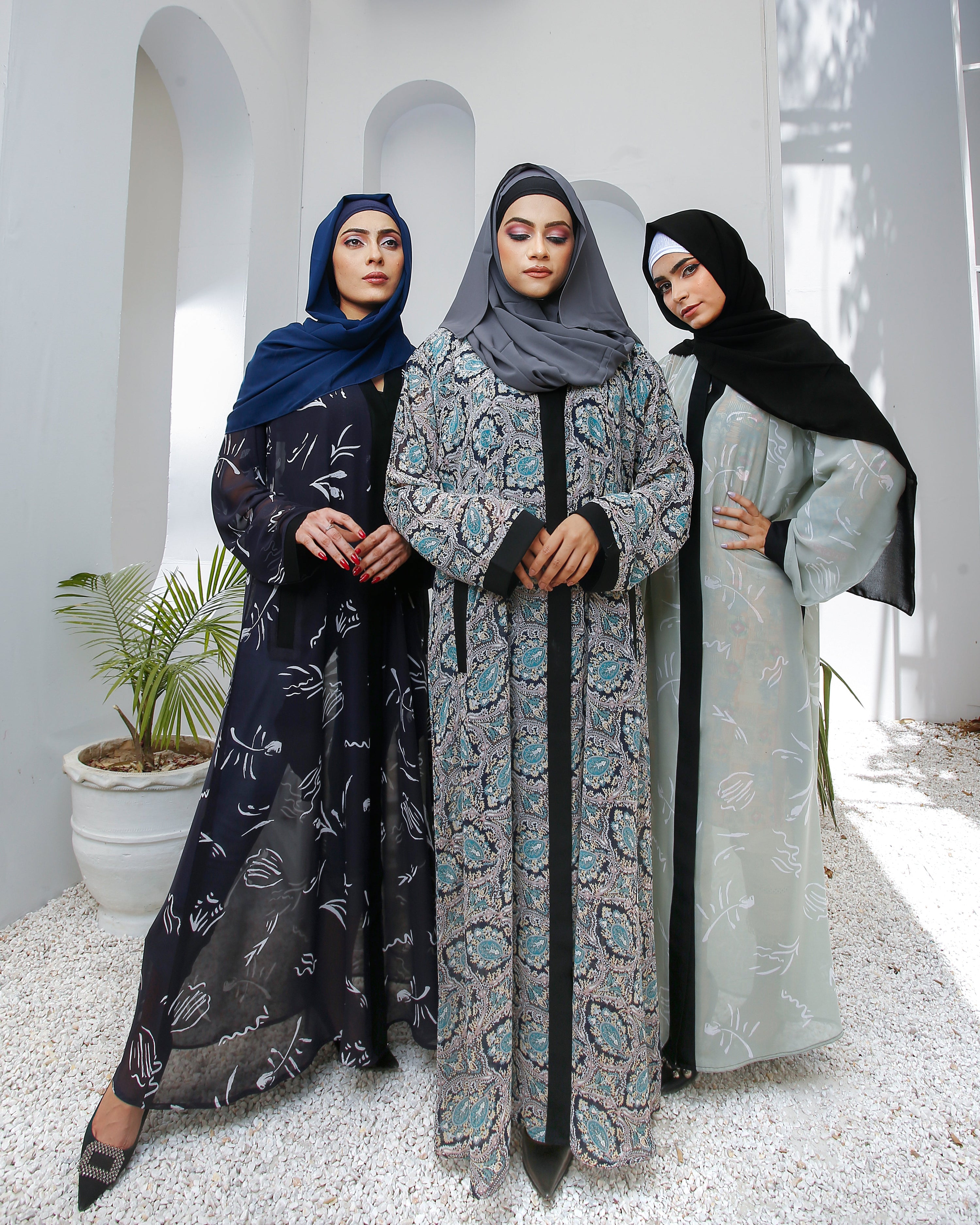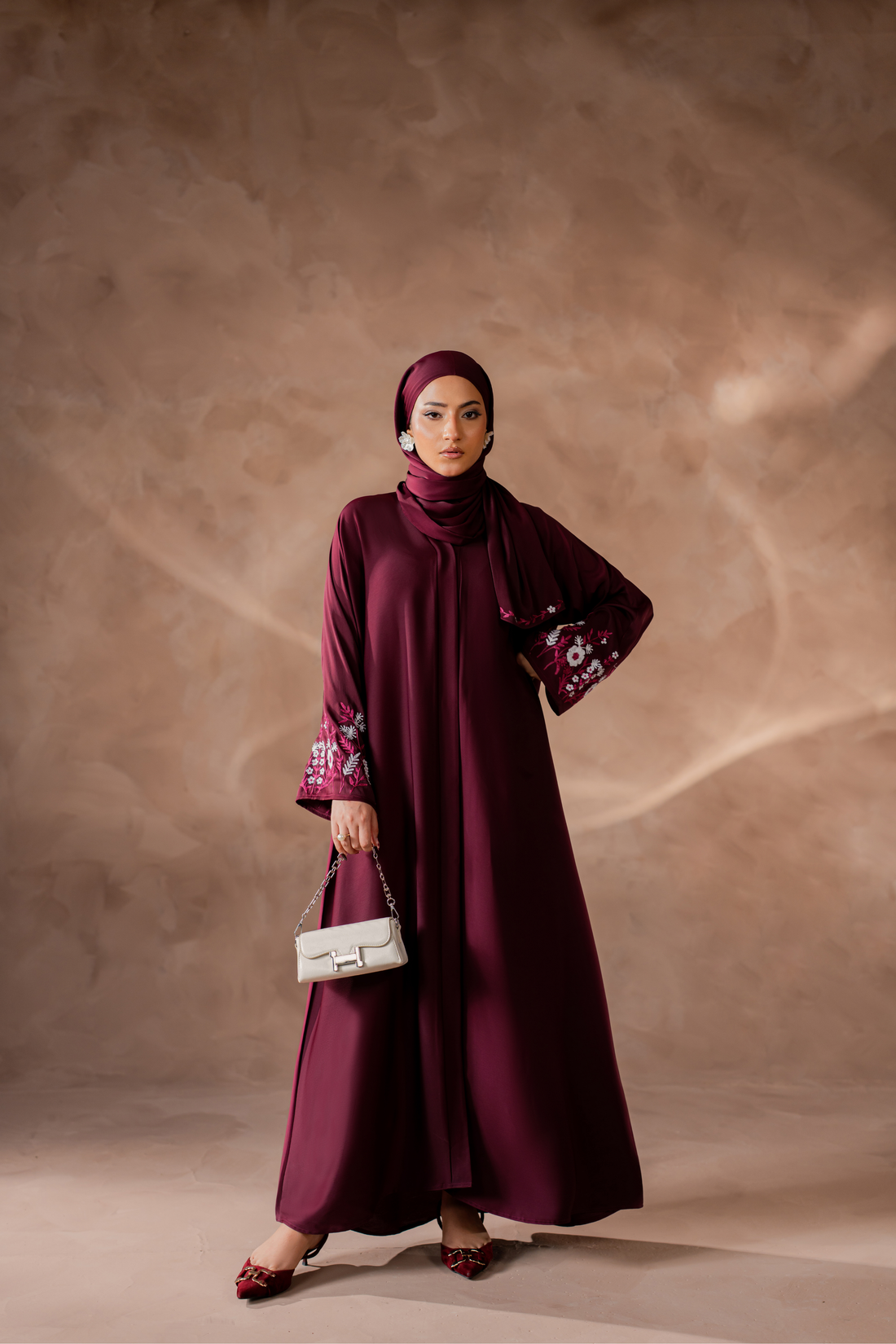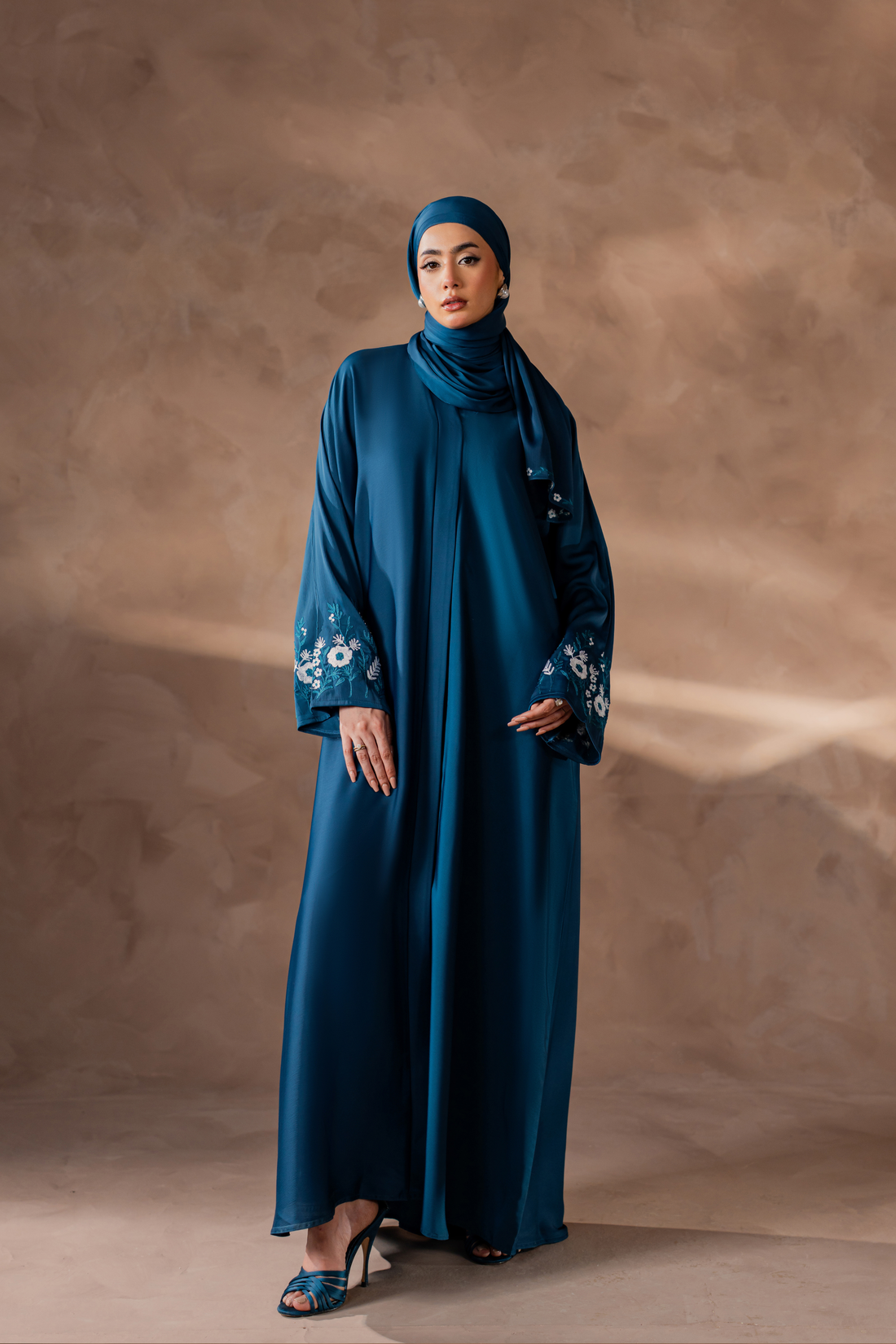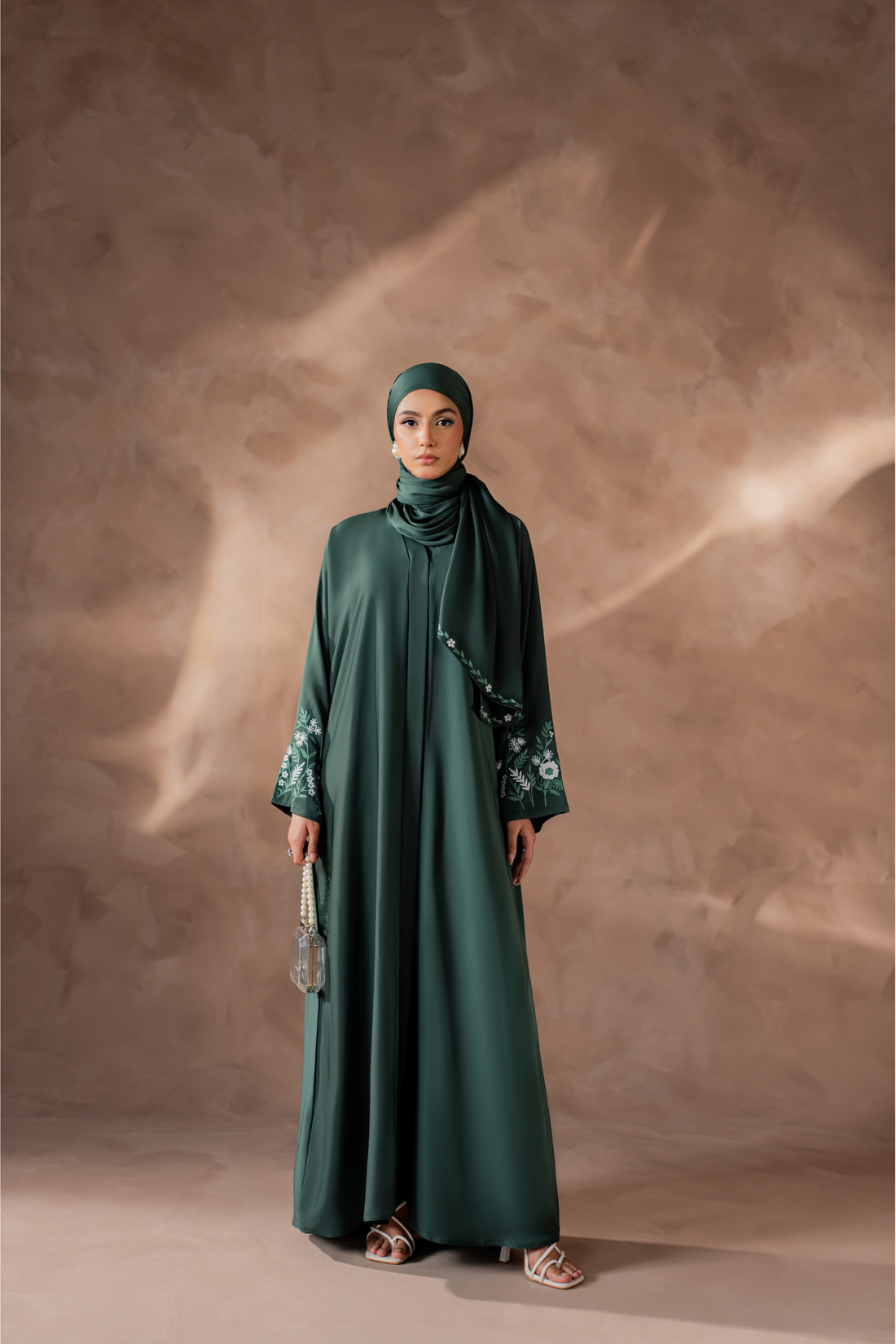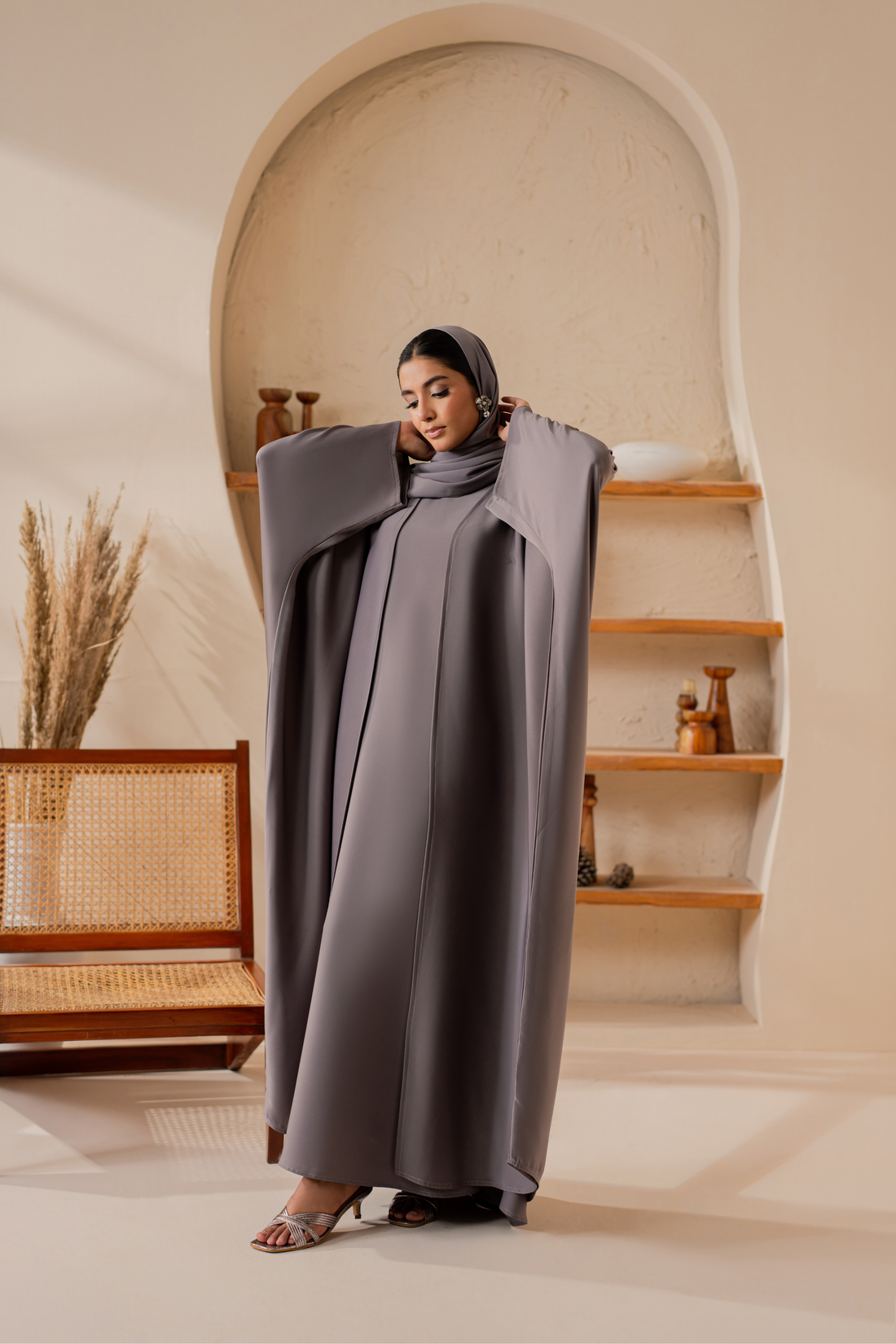Introduction
Abayas have long been a symbol of modesty and cultural pride in Pakistan. Traditionally seen as simple black robes, they have now evolved into diverse fashion statements. Today, Pakistani women find themselves choosing between two distinct styles: traditional abayas and modern abayas. While both are rooted in modesty, they reflect different personalities, preferences, and lifestyles. Let’s explore how these two styles differ—and what Pakistani women truly prefer.
Understanding Traditional Abayas
Traditional abayas are typically plain, black, and loose-fitting. They prioritize full coverage and simplicity, often made from heavier fabrics like crepe or cotton blends. These abayas are rooted in religious and cultural practices, offering minimal embellishments and a classic silhouette that hasn’t changed much over the decades.
Features of Traditional Abayas
-
Usually black or dark-colored
-
Full-length with wide sleeves
-
Made from durable fabrics for long-term use
-
Minimal or no embroidery or embellishment
-
Prioritize modesty over style
Why Some Women Prefer Traditional Abayas
Many Pakistani women choose traditional abayas because they symbolize cultural authenticity and religious devotion. They’re also seen as timeless and appropriate for formal religious settings. In rural and conservative areas, traditional abayas remain the standard choice due to their association with modesty and respect.
Understanding Modern Abayas
Modern abayas, on the other hand, are designed to merge modesty with style. They come in various cuts, colors, and fabrics, often featuring embellishments, belts, or layered designs. Brands like Tayyab Hijab are known for creating trendy abayas that align with global fashion influences while maintaining modest coverage.
Features of Modern Abayas
-
Available in multiple colors and prints
-
Lightweight fabrics like chiffon, georgette, and satin
-
Stylish cuts like kimono, cape, or belted silhouettes
-
Embroidery, lace trims, sequins, and pearl details
-
Designed for both modesty and fashion
Why Modern Abayas Appeal to Younger Women
Modern abayas offer self-expression and individuality. Younger Pakistani women love that they can reflect their personality while maintaining cultural values. These abayas are more versatile, easily transitioning from casual wear to workwear or special occasions.
Cultural Shifts in Preferences
Social media, global fashion exposure, and the rise of modest fashion influencers have contributed to shifting preferences in Pakistan. Urban women are increasingly leaning toward modern abayas that allow creativity in styling. Meanwhile, older generations or women in conservative regions often stick with traditional abayas to preserve cultural heritage.
Occasions and Usage
Traditional abayas are often preferred for religious gatherings, mosque visits, or when women want a more modest and neutral look. Modern abayas, however, are commonly worn at universities, workplaces, social events, and even weddings. Many women own both types and switch depending on the occasion.
Comfort and Practicality
While traditional abayas offer simplicity, they can feel heavy or restrictive during hot weather. Modern abayas are usually made from breathable fabrics and offer more mobility, which suits Pakistan’s warm climate and fast-paced urban lifestyle.
Affordability and Accessibility
Traditional abayas are generally more affordable due to their simple design and minimal embellishments. Modern abayas vary widely in price—some are budget-friendly, while others are luxury designer pieces. E-commerce brands like Tayyab Hijab have made modern abayas more accessible to women across the country.
Fashion vs. Modesty Debate
Some critics argue that modern abayas focus more on fashion than modesty, which sparks debate. However, many women see no conflict in being stylish while modest. They believe modesty lies in intention and coverage rather than a specific style or color.
What Pakistani Women Prefer Today
Today, Pakistani women are embracing a balance of both. They often keep traditional abayas for religious or conservative settings while choosing modern abayas for daily wear. This blend allows them to stay rooted in their culture while expressing individuality and confidence.
Conclusion
The debate between modern and traditional abayas reflects a larger cultural shift in Pakistan. While traditional abayas symbolize heritage and simplicity, modern abayas represent creativity and empowerment. Pakistani women are no longer forced to choose one over the other—they are embracing both styles according to their lifestyles, occasions, and personal values. This balance is what makes abaya fashion in Pakistan so diverse and inspiring.
FAQs
Q1: Are traditional abayas still popular in Pakistan?
Yes, especially in rural and conservative areas where cultural traditions are strongly valued.
Q2: Do modern abayas compromise modesty?
Not at all. They maintain full coverage while offering stylish cuts and details.
Q3: Are modern abayas more expensive than traditional ones?
They can be, depending on design and brand, but many affordable options are available from brands like Tayyab Hijab
Q4: Can women wear both modern and traditional abayas?
Absolutely. Many women own both and choose based on the occasion and setting.
Q5: What fabrics are best for modern abayas in Pakistan’s climate?
Lightweight fabrics like chiffon, crepe, and georgette are ideal for comfort in warmer weather.


